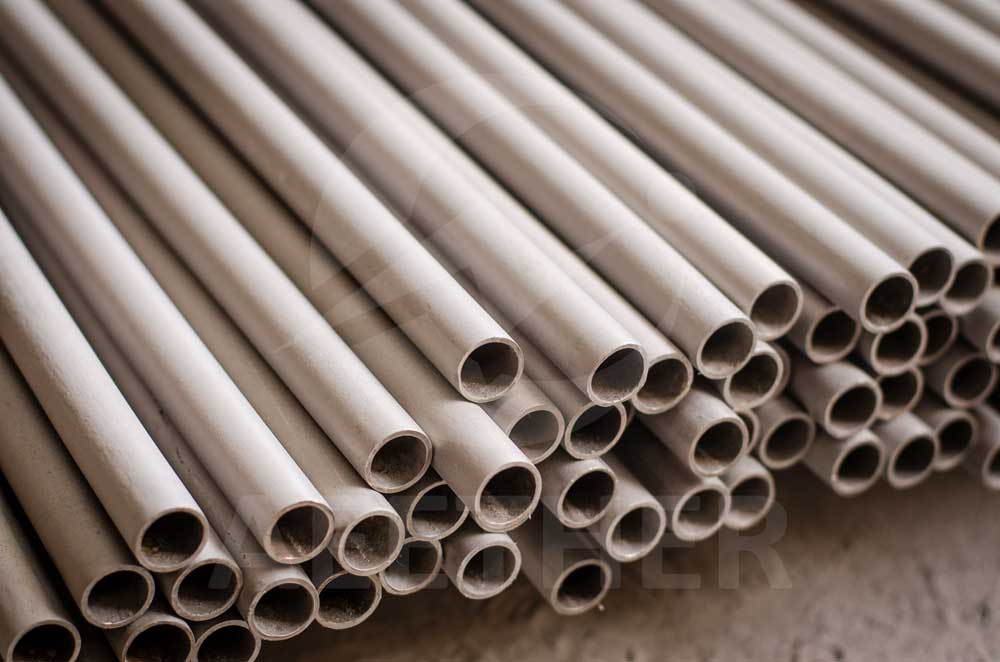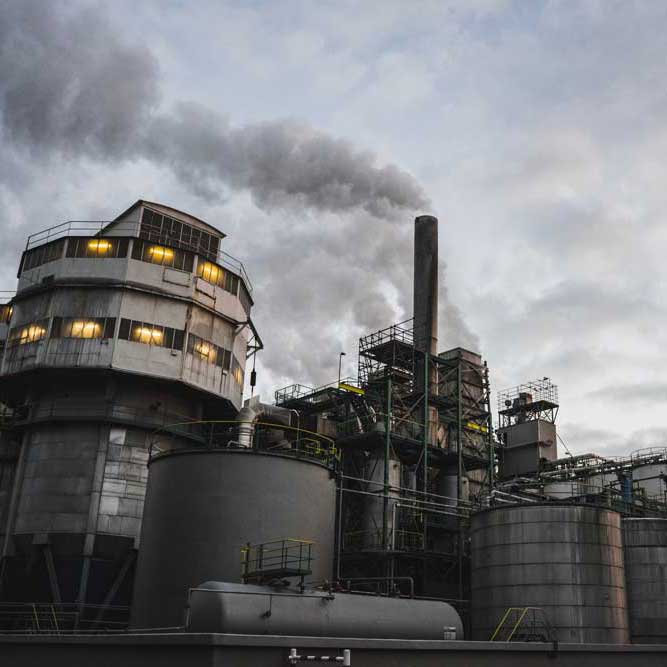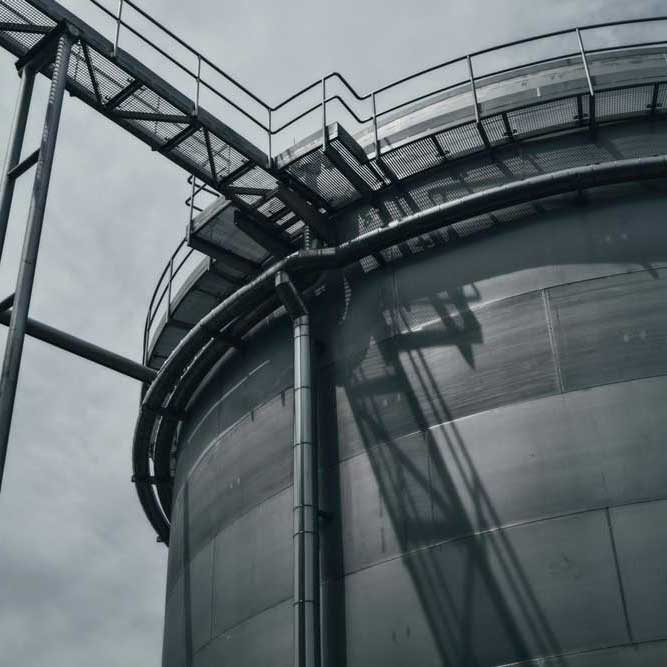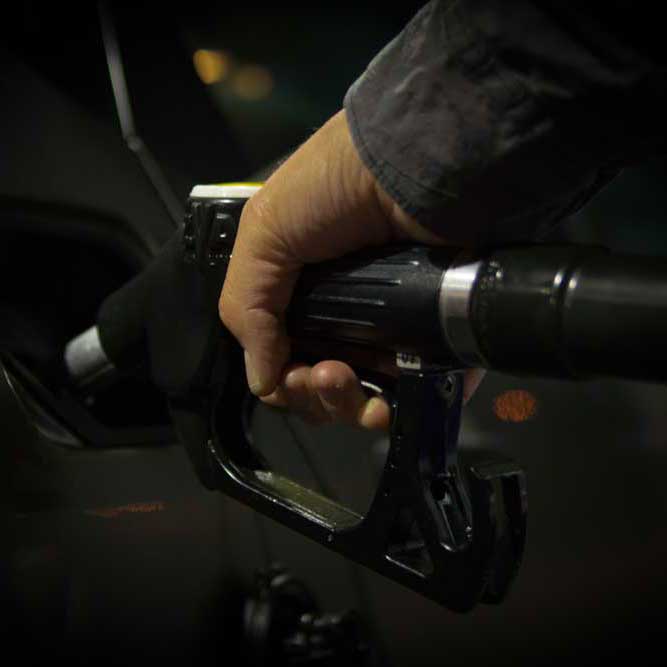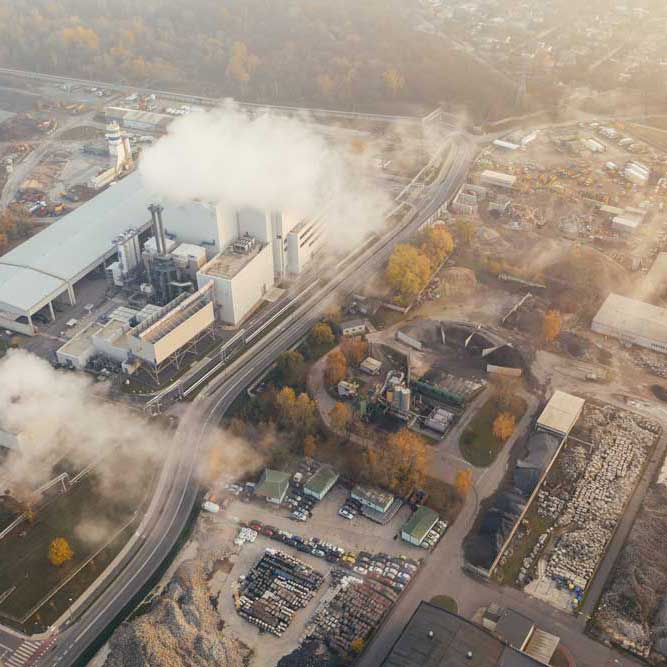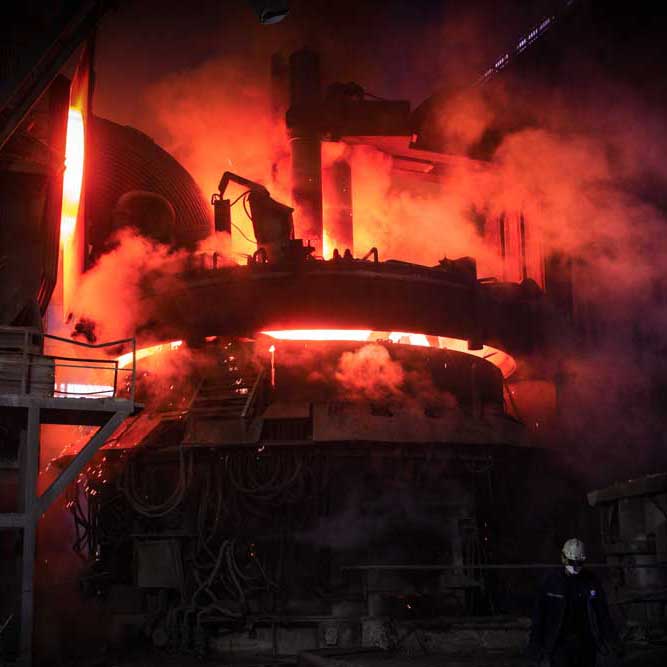Incoloy Alloy
800H
Incoloy 800H Introduction

Solid Solution
Strengthened Alloy
Resistance
Behavior
High Temperature Characteristics
Strength &
Stability
Oxidation
Resistance
Carburization
Resistance
Sulfidation
Resistance
Nitriding
Resistance
Carbonitriding
Resistance
Resistance to
Molten Salts
Corrosion Resistance
Sulfuric
Acid
Hydrochloric
Acid
Hydrofluoric
Acid
Phosphoric
Acid
Nitric
Acid
Organic
Acids
Alkalies
and Salts
Seawater
Overview
As a leading supplier & manufacturer in China, AEETHER supply cost-effective Incoloy 800H Products.
INCOLOY® alloy 800H (UNS N08810) had been known for some time that higher carbon alloy 800 had higher creep and rupture properties than low-carbon material. For that reason, Special Metals had melted to a carbon range of 0.05 to 0.10% except for special orders where customers specified a lower carbon content. The carbon range of 0.05 to 0.10% is within the ASTM and ASME specification limits for alloy 800 and is in the upper portion of that range.
Special Metals generated data for this material and presented them to the ASME Code. The Code approved higher design stresses for Section I and Divisions 1 and 2 of Section VIII, which appeared in Code Case 1325-7. Note that alloy 800H required not only a carbon range of 0.05 to 0.10% but also an average grain size of ASTM 5, or coarser.
With the issuance of Code Case 1325-7 and the common use of the term “800H”, there was no longer a need to refer to “Grade 2” because it was replaced by 800H, and the material that had been called Grade 1 became, simply, INCOLOY alloy 800.
Mechanical Properties
The major differences between alloys 800, 800H and 800HT are mechanical properties. The differences stem from the restricted compositions of alloys 800H and 800HT and the high-temperature anneals used for these alloys. In general, alloy 800 has higher mechanical properties at room temperature and during short-time exposure to elevated temperatures, whereas alloys 800H and 800HT have superior creep and rupture strength during extended hightemperature exposure.
Corrosion Resistance
Alloys 800, 800H and 800HT have the same nickel, chromium, and iron contents and generally display similar corrosion resistance. Since alloys 800H and 800HT are used for their high-temperature strength, corrosive environments to which these alloys are exposed normally involve hightemperature reactions such as oxidation and carburization.
Incoloy 800H Chemical Composition
Try our Premium Products








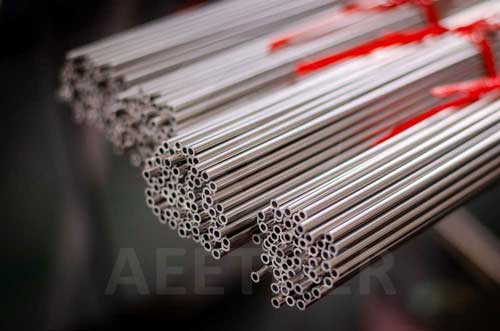




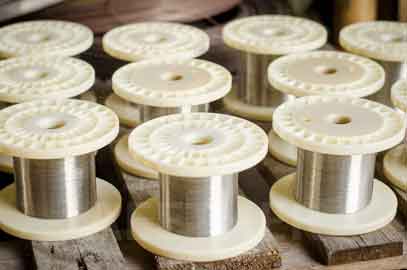







Incoloy 800H Standards
Data Sheet
Physical Properties
| Density | g/cm3 | 7.94 | |
|---|---|---|---|
| lb/in.3 | 0.287 | ||
| Melting Range | °F | 2475 - 2525 | |
| °C | 1357 - 1385 | ||
| Specific Heat | 32-212°F | Btu/lb•°F | 0.11 |
| 0-100°C | J/kg•°C | 460 | |
| Permeability at 70°F (21°C) and 200 oersted (15.9 kA/m) | Annealed | 1.014 | |
| Hot-Rolled | 1.009 | ||
| Curie Temperature | °F | -175 | |
| °C | -115 | ||
Mechanical Properties
| Temperature | Hardness BHN |
Tensile Strength | Yield Strength (0.2% Offset) |
|||
|---|---|---|---|---|---|---|
| °F | °C | ksi | MPa | ksi | MPa | |
| 80 | 27 | 126 | 77.8 | 536 | 21.7 | 150 |
| 800 | 425 | – | 67.5 | 465 | 18.8 | 130 |
| 1000 | 540 | 90 | 62.7 | 432 | 13.0 | 90 |
| 1200 | 650 | 84 | 54.8 | 378 | 13.5 | 93 |
| 1300 | 705 | 82 | 47.7 | 329 | 15.8 | 109 |
| 1400 | 760 | 74 | 34.2 | 236 | 13.1 | 90 |
Incoloy 800H Applications
Related Article
More Incoloy Grades +
800
Si
C
Mn
Al
Ti
Cu
Fe
Cr
Ni
800H
Si
C
Mn
Al
Ti
Cu
Fe
Cr
Ni
800HT
Si
C
Mn
Al
Ti
Cu
Fe
Cr
Ni
803
Si
C
Mn
Al
Ti
Cu
Fe
Cr
Ni
825
Si
Mn
Al
Ti
Cu
Mo
Fe
Cr
Ni
832
Si
Ti
Cu
Fe
Cr
Ni
864
Si
C
Mn
Ti
Cu
Mo
Fe
Cr
Ni
890
Si
C
Mn
Ti
Cu
Nb
Mo
Fe
Cr
Ni
903
Al
Ti
Co
Nb
Fe
Ni
907
Si
Al
Ti
Co
Nb
Fe
Ni
908
Si
Mn
Al
Ti
Cu
Co
Nb
Fe
Cr
Ni
909
Si
Mn
Al
Ti
Cu
Co
Nb
Fe
Cr
Ni
925
Si
Mn
Al
Ti
Cu
Nb
Mo
Fe
Cr
Ni
926
Si
Mn
N
Cu
Mo
Fe
Cr
Ni
945
Si
Mn
Al
Ti
Cu
Nb
Mo
Fe
Cr
Ni
945X
Si
Mn
Al
Ti
Cu
Nb
Mo
Fe
Cr
Ni
MA956
C
Al
Ti
Fe
Cr
A-286
Si
C
Mn
Al
Ti
V
Mo
Fe
Cr
Ni
020
Si
C
Mn
Cu
Mo
Fe
Cr
Ni
028
Si
Mn
Cu
Mo
Fe
Cr
Ni
DS
Si
C
Mn
Cu
Co
Fe
Cr
Ni
330
Si
C
Mn
Cu
Fe
Cr
Ni
25-6HN
Si
Mn
N
Cu
Mo
Fe
Cr
Ni
27-7MO
Si
Mn
N
Cu
Mo
Fe
Cr
Ni

